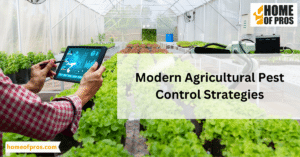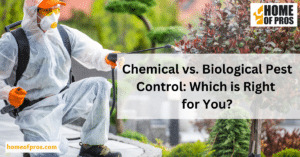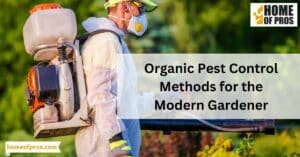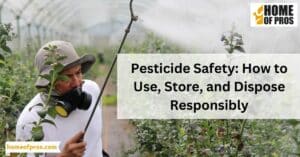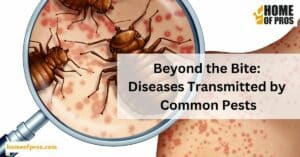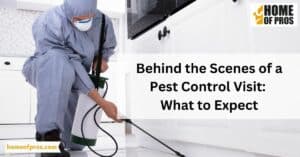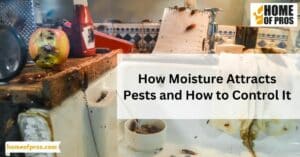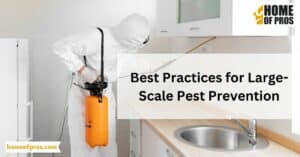When it comes to pests, the last thing anyone wants to hear is that they’re thriving in conditions that seem to be found everywhere – moisture. Unfortunately, there are several pests that absolutely love damp, humid environments and can wreak havoc on your home or garden if they go unchecked.
Moisture-loving pests such as cockroaches, spiders, ants, termites, and mosquitoes can cause serious health risks. To keep them at bay, you need to reduce humidity levels and seal entry points. Clean regularly and call a professional if you have an infestation. Don’t let these pests take over your home!
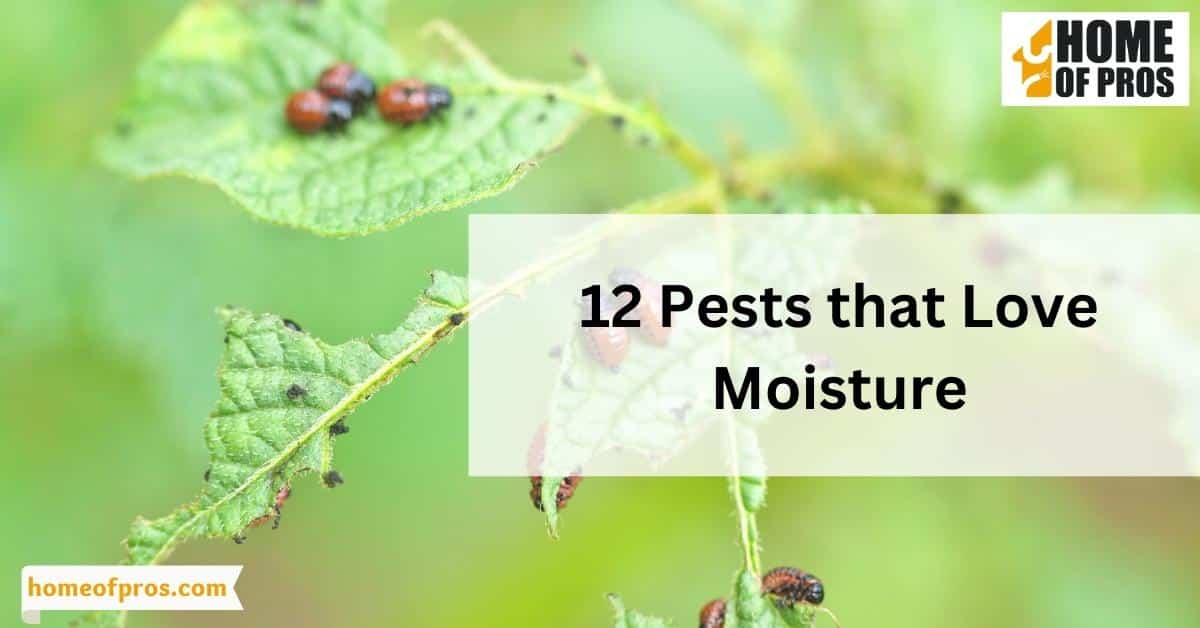
1. Cockroaches
Cockroaches are one of the most common pests that thrive in moist conditions. They can be found in warm, damp areas such as kitchens, bathrooms, and basements. It is important to keep these areas dry and clean to prevent cockroach infestations.
Cockroaches are infamous for being one of the most resilient and disgusting pests around. They are attracted to areas with a lot of moisture, which is why it’s no surprise they made it to our list. Having cockroaches in your home can be a major problem since they are known to spread diseases and allergens.
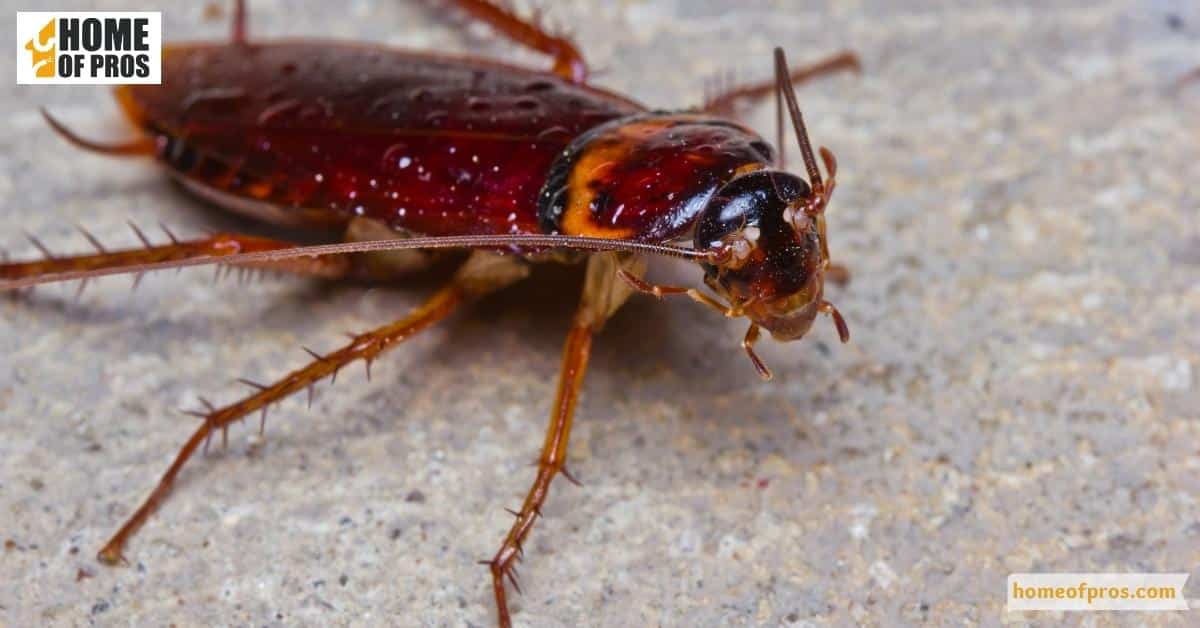
2. Silverfish
Silverfish also prefer moist environments. They usually live in bathrooms and kitchens, near sources of water such as sinks and bathtubs. Silverfish can also damage books, fabrics, wallpaper, and other materials containing cellulose.
Silverfish are one of the pests that thrive in moist environments. These tiny insects may seem harmless, but they can cause significant damage to books, clothing, and wallpaper. They are attracted to high humidity and can often be found in bathrooms, basements, and kitchens.

3. Earwigs
Earwigs thrive in moist conditions like damp basements or dark corners of the home. They need damp places to hide during the day and feed on organic matter like dead insects, plants, fungi, and even decaying wood.
Earwigs may be one of the least appealing pests on this list, but they sure do love moisture. These creepy critters can typically be found in damp areas such as under mulch, in flower beds, and around the foundation of your home.
Though their appearance may be unsettling, earwigs are not harmful to humans or pets, but they can be destructive to plants if left unchecked. If you suspect an earwig infestation in your home or garden, there are a few practical steps you can take to get rid of them.
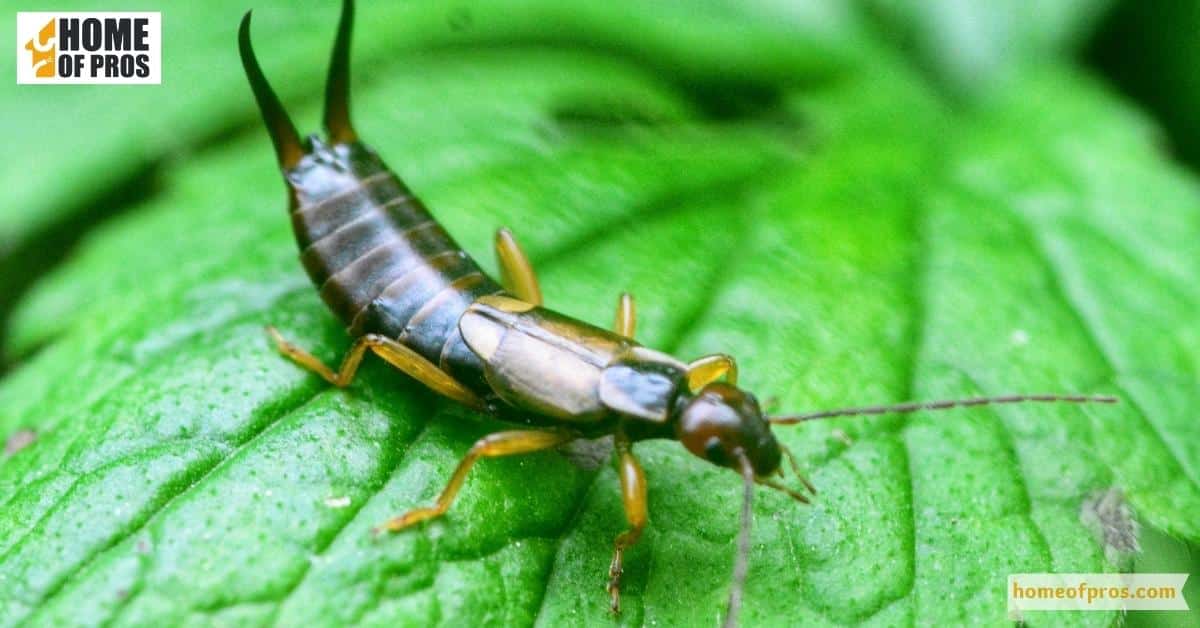
4. Spiders
Spiders love moist places too. They are often found in bathrooms and basements where there is plenty of moisture. They can also enter homes through cracks and crevices while searching for food or shelter.
Of the pests that love moisture, spiders are perhaps the most well-known. But while they may send chills down your spine, these eight-legged creatures actually play an important role in keeping other pests at bay. Spiders are natural predators of insects like mosquitoes, flies, and roaches, effectively reducing their populations.
And while they may seem creepy crawling around your basement or bathroom, they don’t actually pose any significant threat to humans. Of course, that doesn’t mean you want them making themselves at home in your house.
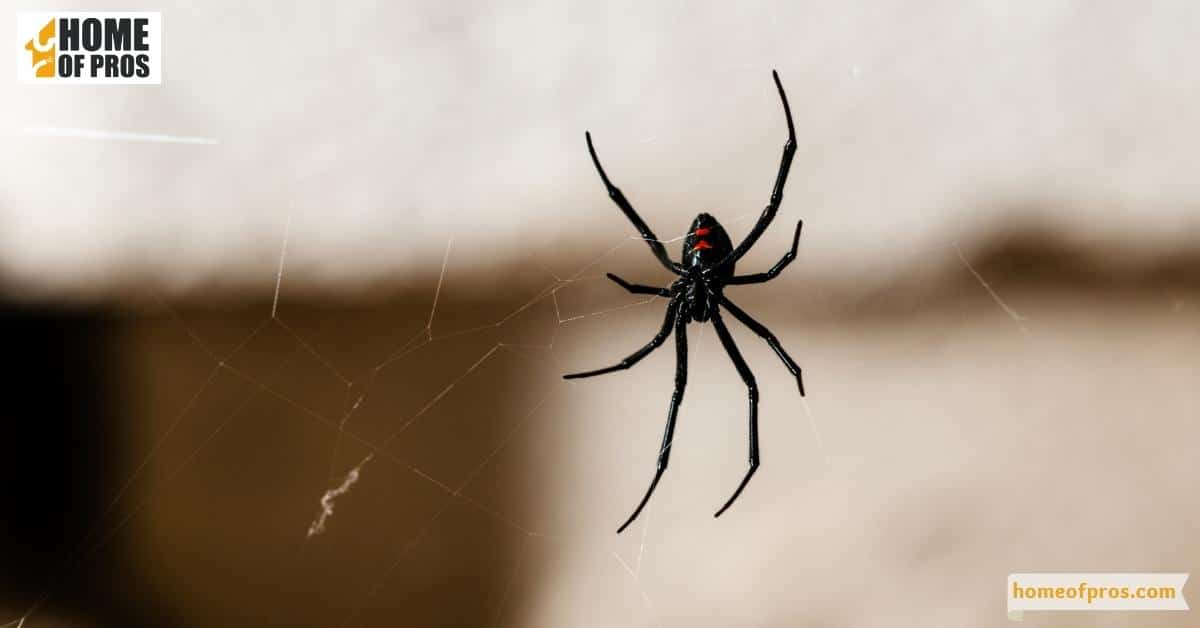
5. Termites
Termites are another pest that loves moist conditions. They feed on wood and other materials containing cellulose, such as books or wallpaper. It is important to keep your home dry and free from moisture to prevent termite infestations.
These pests are one of the most destructive and common pests that thrive in moist environments. These small insects are attracted to the dampness and darkness of your home’s foundation, crawl spaces, and furniture, where they can create extensive damage. Oftentimes, termite infestations go unnoticed until they have caused significant structural damage.
It is important to be on the lookout for any signs of their activity, such as discarded wings or mud tubes on the walls, and to implement preventative measures such as reducing moisture levels and regularly inspecting your home for any possible entry points.

6. Centipedes
Centipedes also prefer moist areas where they can find their prey, such as insects and spiders. They are usually found in damp basements, bathrooms, or closets.
When it comes to pests that thrive in moisture, centipedes are definitely on the list. These multi-legged creatures can be found lurking in damp areas of your home, including basements, bathrooms, and kitchens. While they may look intimidating with their many legs and long bodies, centipedes are actually quite harmless to humans.
They primarily feed on other insects, so having centipedes in your home can actually be beneficial for controlling other pest populations. However, if their presence makes you uneasy, there are steps you can take to prevent them from entering your home, such as ensuring proper ventilation and reducing moisture levels.
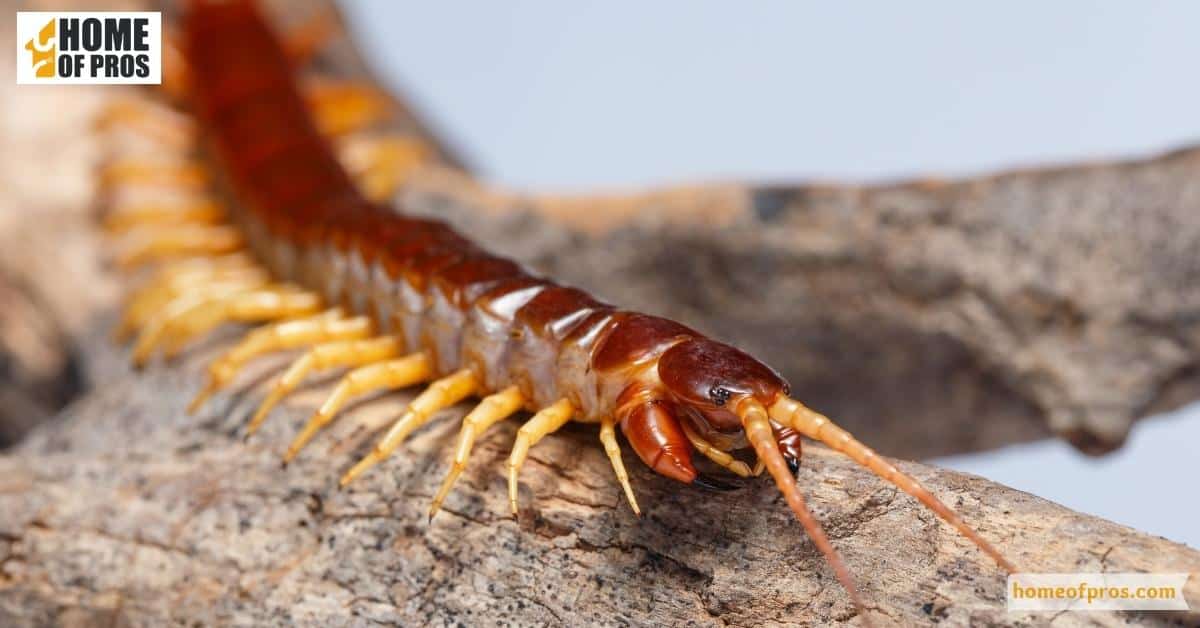
7. Drain Flies
Drain flies love moist places too. They can be found in drains, pipes, sinks, and other areas of the home where there is standing water or moisture. To get rid of them, you need to clean and dry these areas.
Drain flies, also known as moth flies, are a common pest that loves moisture and can quickly become a nuisance if left unchecked. These small, fuzzy insects are usually found in areas with standing water, such as sinks, toilets, and drains. They can be tough to get rid of since they have a short life cycle and reproduce quickly.
However, there are practical steps you can take to prevent their infestation. Regularly cleaning out drains, fixing any leaks, and ensuring proper ventilation in bathrooms can help reduce the moisture that drains flies thrive on.
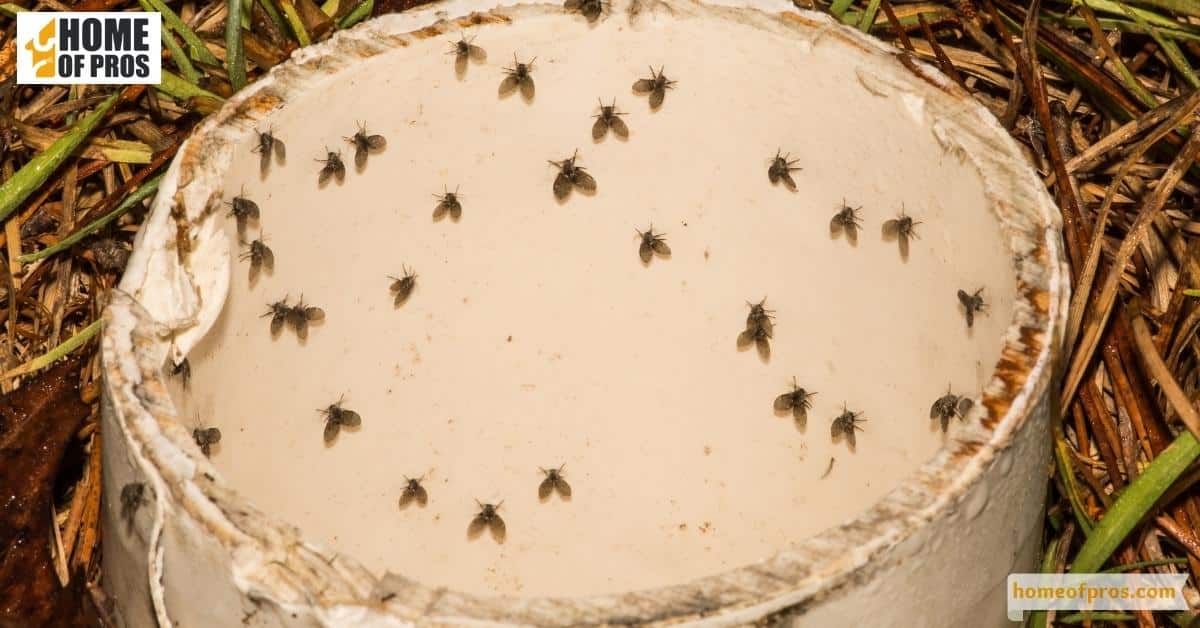
8. Ants
Ants also thrive in moist or humid environments like kitchens and bathrooms. It is important to keep these areas dry to prevent ant infestations.
Ants are one of the pests that love moisture, and we can certainly relate to their love for a damp environment during wet summer months. Ants come in a variety of shapes, sizes, and colors, and they have an uncanny ability to quickly establish colonies and build nests that can number in the thousands.
Moisture feeds their need for mold, fungi, and other moisture-loving insects, so it’s vital to keep areas dry and well-ventilated in our homes, yards, and gardens to prevent ants from moving in.

9. Mosquitoes
Mosquitoes are attracted to standing water and moist conditions, so it is important to remove standing water from your yard or near your home.
Mosquitoes. The dreaded buzz in your ear on a warm summer night, the itchy red welts left in their wake. These tiny insects are one of the pests that thrive in moist environments. Mosquitoes breed in standing water, laying their eggs on the surface and hatching within days. They are more than just a nuisance, they can also carry diseases such as West Nile virus and malaria.
So what can you do to avoid them? Eliminate standing water in your yard, including in buckets, bird baths, and pet bowls. Use mosquito repellent when you’re outside, and make sure your doors and windows have screens to keep them out of your home.
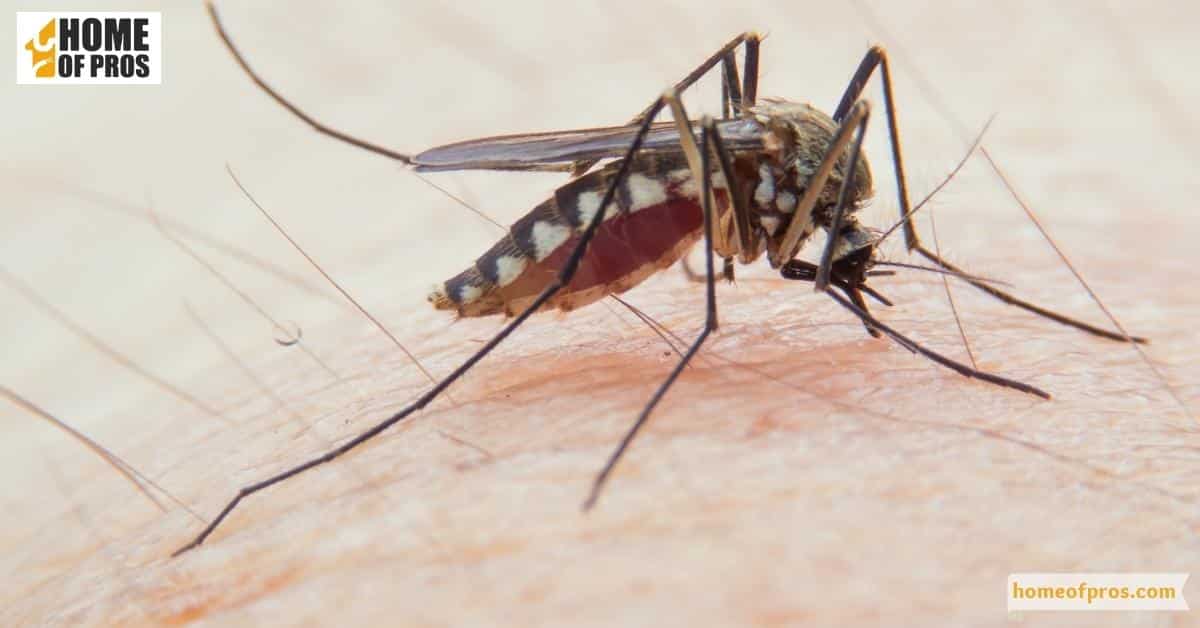
10. Springtails
Springtails love moist places in the home, such as damp basements, bathrooms, and closets. They feed on decaying organic matter like dead insects and plant material. To get rid of them, you need to keep these areas dry and clean.
Springtails are a common pest that can be found in humid environments, making them a frequent inhabitant of both indoor and outdoor spaces. These tiny creatures are often mistaken for fleas due to their ability to jump, but they are completely harmless to humans and pets.
While Springtails typically feed on decomposing organic matter, they can also be attracted to moisture-rich areas such as bathrooms and kitchens. Keep an eye out for these minuscule critters in areas that are prone to dampness, and ensure that there is adequate ventilation to prevent excess moisture build-up.
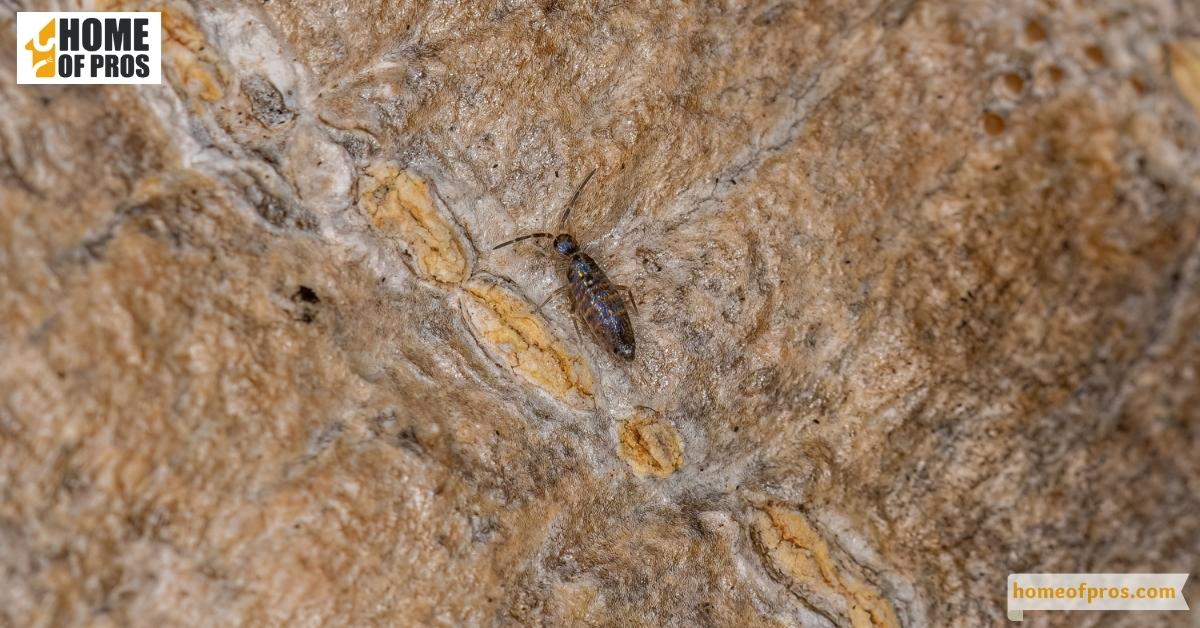
11. Dust Mites
Dust mites are microscopic insects that live in warm, moist environments such as mattresses and carpets. They thrive in these places because they need moisture to survive. To get rid of them, you need to keep your home dry and dust-free.
Dust mites are one of the pests that love moisture, and unfortunately, they are a common household pest. These tiny creatures can be found in just about any home, regardless of how clean you keep it. They thrive in warm, humid environments and can cause respiratory issues for some people.
While they may not be visible to the naked eye, they can wreak havoc on your health. Thankfully, there are steps you can take to reduce their impact.
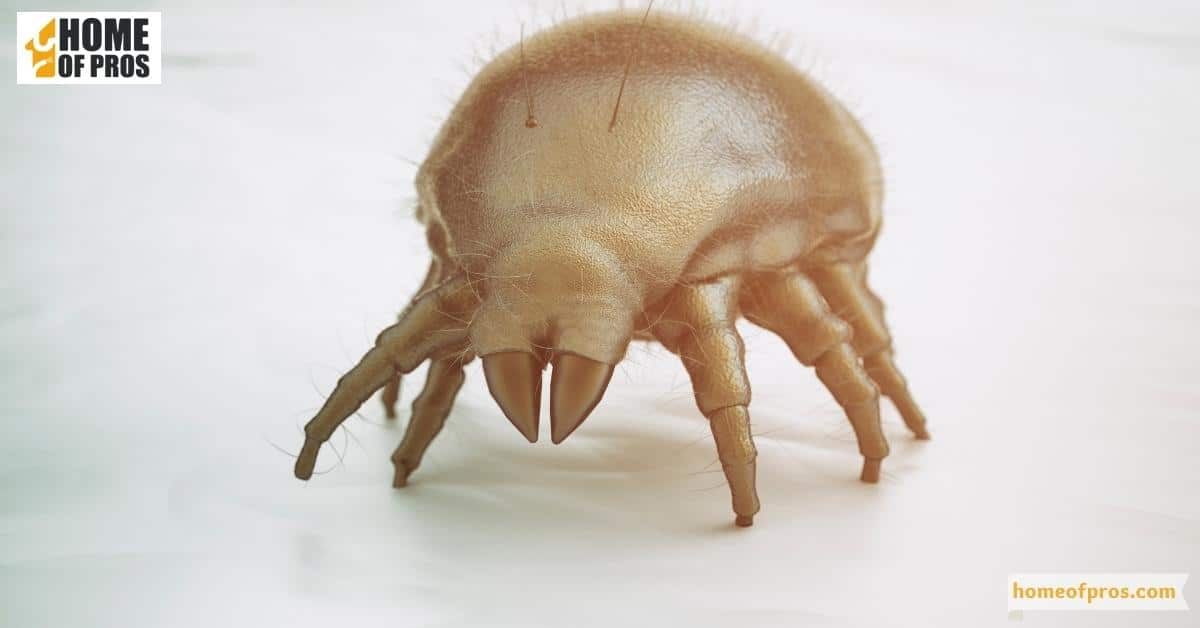
12. Bed Bugs
Bed bugs love warm, moist environments like mattresses, carpets, and box springs. They feed on blood and need moisture to survive. To prevent bed bug infestations, it is important to keep your home dry and clean by vacuuming regularly and using mattress covers. You should also inspect any second-hand furniture for signs of bed bugs before bringing it into your home.
You may think that bed bugs only infest dirty homes, but unfortunately, that’s not the case. These pesky pests can be found in the cleanest, most well-kept environments, as long as there is moisture present. Bed bugs love to nest in humid areas, such as bedding, mattresses, and upholstered furniture.
They’re microscopic and can be tough to detect, but if you wake up with itchy, red bites on your skin, that’s a tell-tale sign that you may have a bed bug infestation. Don’t panic, though. With a few practical steps, you can eliminate these unwanted house guests.

In conclusion
It’s important to remember that moisture-loving pests are not just annoying, but they can also pose serious health risks to humans and animals alike. Whether you’re dealing with silverfish, cockroaches, or termites, taking steps to eliminate excess moisture in your home is essential for preventing infestations.
By fixing leaking pipes, ensuring proper ventilation, and using dehumidifiers in damp areas, you can make your living space less hospitable to these unwelcome guests. And if you do find yourself facing an infestation, don’t hesitate to call in a professional for help.

